My name is Jessalyn Gentry, and I'm a guest writer for The Ecological Disciple. I'm also the Marketing and Communications Manager for Circlewood and I'd love to invite you to check out our website and our social media sites; find us on Instagram, Facebook, Twitter, and LinkedIn.
At the beginning of this school year, I had the opportunity to “guest star” as a naturalist with Mission Springs Outdoor Education (MSOE) near Santa Cruz, CA. I was a full time naturalist there for three years, after I graduated college and until I moved up north to the PNW (and found Circlewood!). The naturalist job involves teaching various outdoor science classes to middle school students, and sometimes their parent chaperones, as well as leading activities and team-building exercises for week-long field trips. Growing up and throughout my college experience, I always loved being outside and learning about science, but MSOE allowed me to truly find my passion for outdoor education and caring for creation.
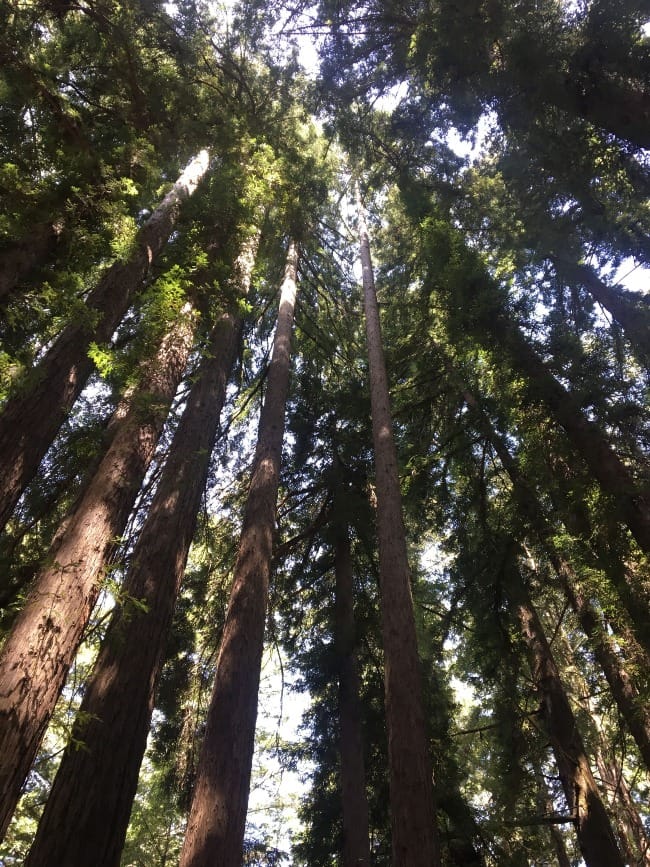
Going back to the awe-inspiring California redwoods for a few weeks this year created the opportunity for me to reflect once again on how important outdoor education is. While I think about caring for creation on a daily basis as a member of Circlewood, something about being up close and personal with the positive changes I always see in students who experience OE reminds me of how deeply important it is that people learn about and understand creation in order to care for it.
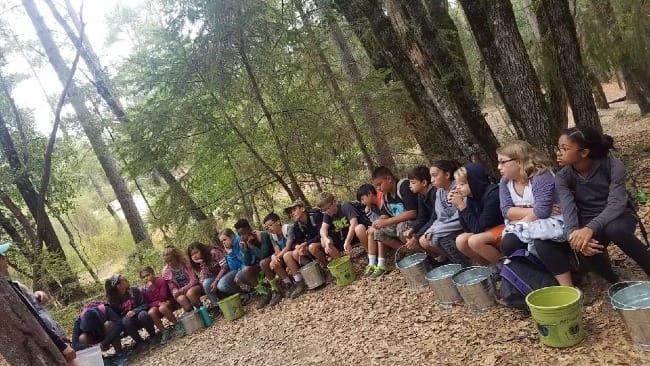
As a naturalist, no matter what else we did in a week of classes, I always talked about plants with my students. I’m a huge plant nerd; I majored in sustainable agriculture, and I loved showing kids the cool native plants of the Bay Area. Without fail, on day one of each week, most or all of my students couldn’t identify whatever plants I pointed out, and oftentimes even seemed annoyed to not be doing “something more fun.” However, we always kept practicing. On hikes, we stopped and did a little plant ID pop quiz. At the creek, we picked up fallen leaves and matched and identified what tree they came from. Before lunch time, we learned which plants were edible and could be a snack! By the end of my time with my students, I liked to randomly point at plants and hear them yell out the names: Bay laurel! Black sage! Madrone! Manzanita! —and so many more that a few short days ago were just another green thing in a sea of green forest things. The best part, though, was never just that they memorized something; it was that they cared. It wasn’t a chore anymore to be asked to ID a plant, it was a fun game, a connection point to the world they live in, and a reason to care about each individual growing thing.
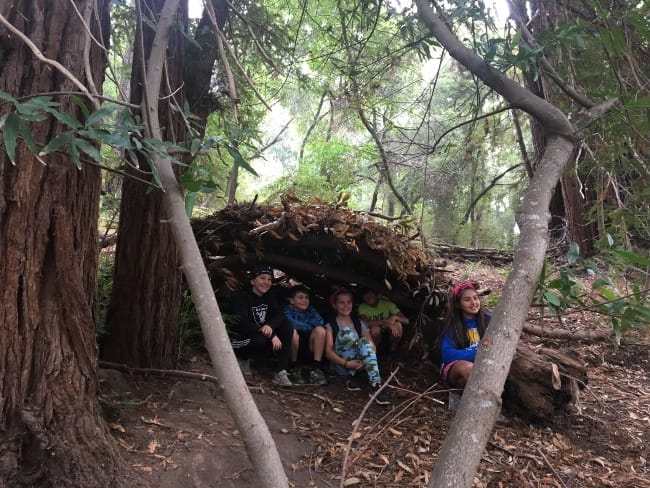
After all, names have power: Knowing a name is to know something or someone more intimately than you did a moment before. Naming things helps reclaim connection to land that may have been lost or muted for generations. Learning a name of a plant, or an animal, ecosystem, mountain, or stream, is a simple act, but knowing and naming is a hugely complex and beautiful act.
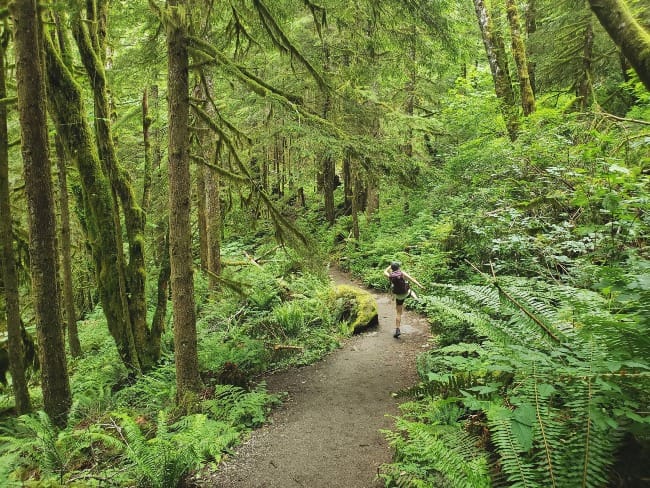
I learned this hundreds of times over for students and for myself, but one of the examples that really stuck with me personally was the sword fern. This beautiful plant is native to western North America, and I had never seen it before moving to California, where I first learned to identify it. Now that I live in Washington, I see it on almost every trail that I hike. Each time, seeing, and naming, the sword fern is like getting a greeting from an old friend.
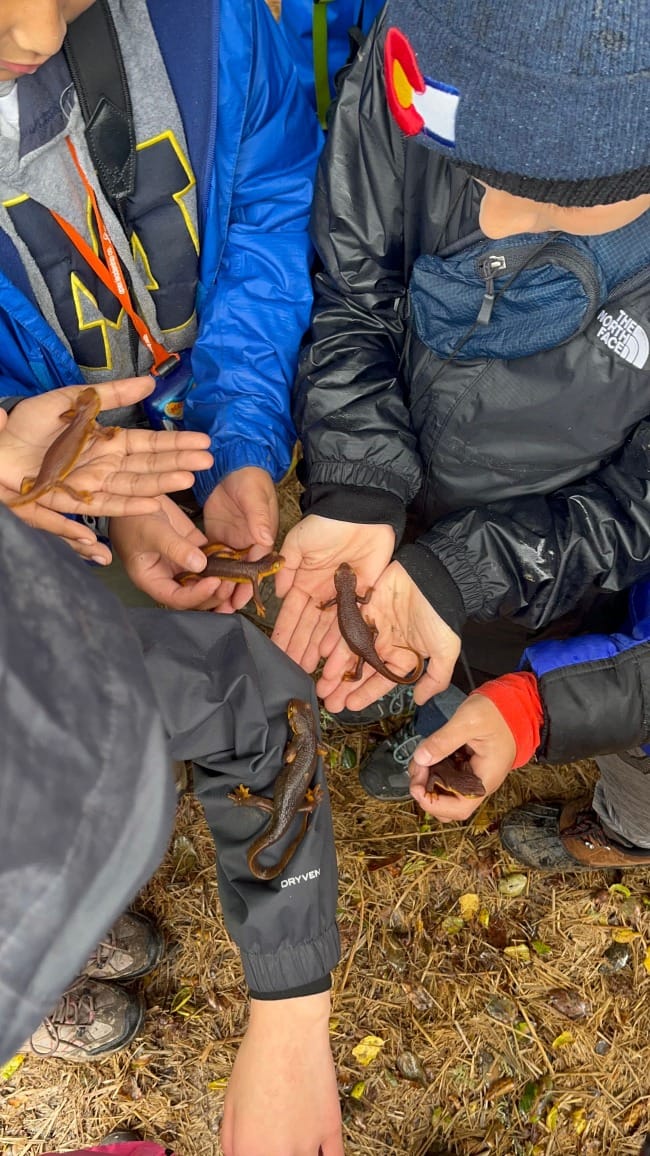
Seeing these brief moments of connection in my students, their adults, and myself was and is the most rewarding part of the job, and I would like to extend the same challenge to you. How many parts of creation can you name wherever you live? Can you learn a new name this week? When you learn a new name, do you find yourself noticing that part of creation more, or even caring more deeply for your space?
Jessalyn
You can leave a public comment by clicking HERE or emailing me directly at jessalyn.gentry@circlewood.online.
PS: MSOE is hiring! https://missionspringsoe.com/about/employment/